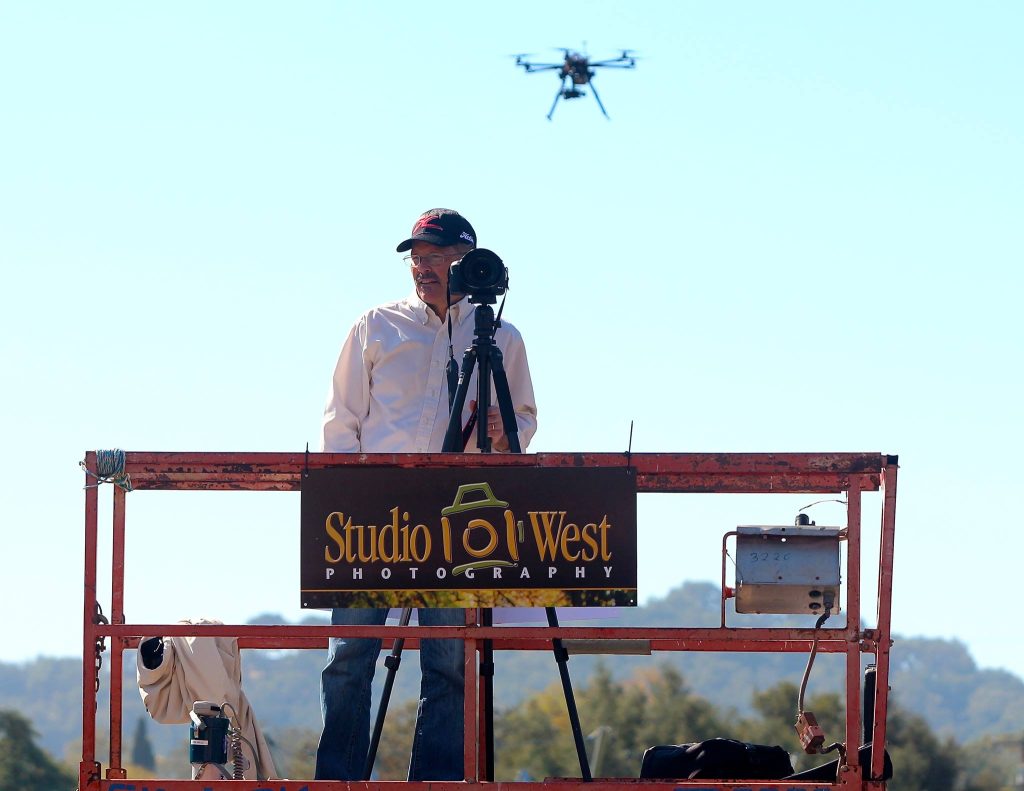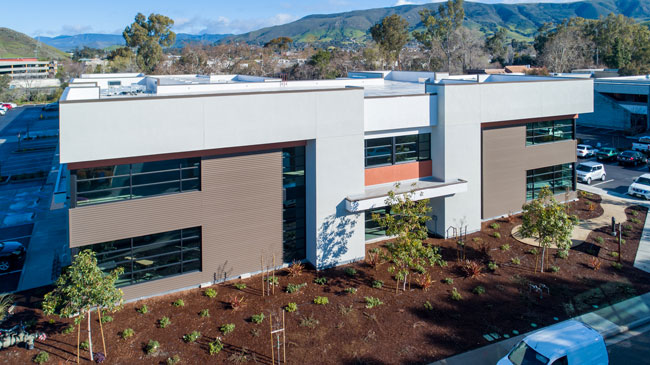The Client Is Responsible When Hiring An Inexperienced Drone Pilot
I recently lost a drone job to an ignorant drone pilot who was inexperienced with FAA no-fly zones and the geofencing that prevents most drones from flying close to an airport.

This job was so close to the airport. I explained to the client that I could not get approval from the FAA in time to meet their deadline. Unfortunately, they went with another pilot who said they could. I was disappointed and curious about how the other guy could fly literally across the street from the San Luis Obispo airport without the proper clearances.
Vindication came when the client called me back a few days later. They said the other pilot could not take off at the desired location. The other pilot still billed them, even though their photos were taken from so far away that they were unusable. My contact from the FAA said that in this type of case, the client and the pilot could be fined for illegal operations. In addition, if the pilot didn’t have drone liability insurance, the client might have been held responsible for any accidents that may have occurred.

What My FAA Contact Had To Say
Fortunately, the client returned to me, and I got the job. When I submitted my clearance request to the FAA and explained what had happened, this was the response I got:
“Mr. Swanson,
While it’s unfortunate that you lost out on this contract to someone that appears to be operating illegally, I cannot personally offer any recourse. But I feel I should encourage you to continue operating legally and getting the proper approvals. The fines for flying illegally are fairly hefty and are not limited to the drone operator; the client is responsible for ensuring the drone operator has the proper approvals and could also face fines for work they’ve contracted. Perhaps when you advertise your business, you could emphasize that you are doing things the correct way.
Thank you,
Collin
Unmanned Aerial Systems AJV-W23 Tactical Operations”
What is Geofencing
Geofencing is like an invisible fence that prevents most DJI drones from flying too close to airports and other sensitive areas. In most geofenced regions, you must go through a three-step automated process to unlock your drone. In a No-Fly Zone, usually very close to an airport, you must go directly to the FAA Drone Zone instead of the automated process. This clearance can take one to four weeks to get approval; unless you’ve done it before, it can be challenging.

5 Tips for Hiring a Drone Pilot
1. A drone pilot conducting commercial operations must have an FAA Remote Pilot Certificate, also known as a Part 107 Certificate. Feel free to ask to see it.
2. Make sure they have drone liability insurance.
3. Go with someone with experience over someone who can do it faster or cheaper.
4. If your project is close to an airport, heliport, or military installation, ensure the contractor knows how to get FAA clearance.
5. Give yourself and the pilot enough time for clearances when needed.
